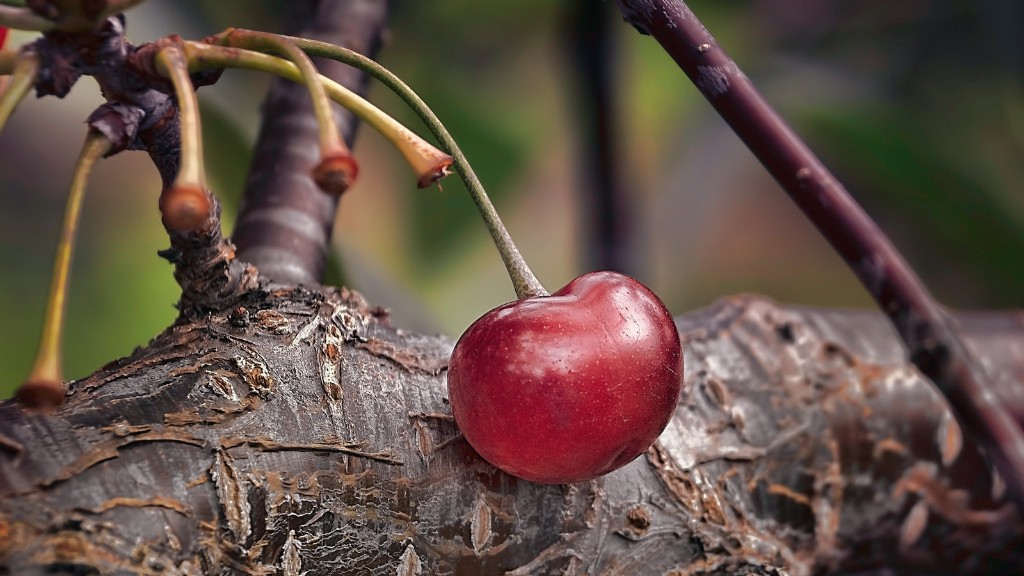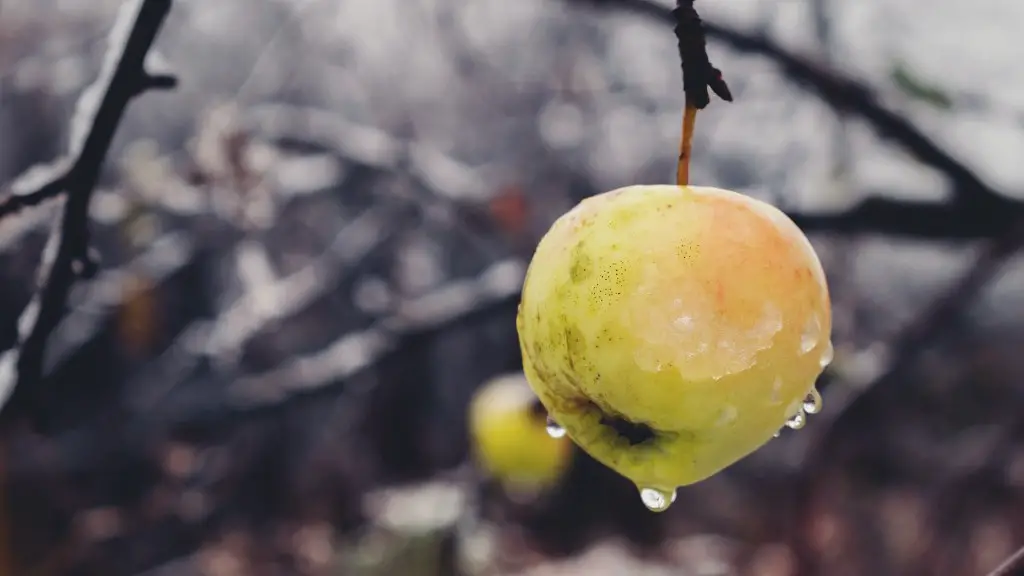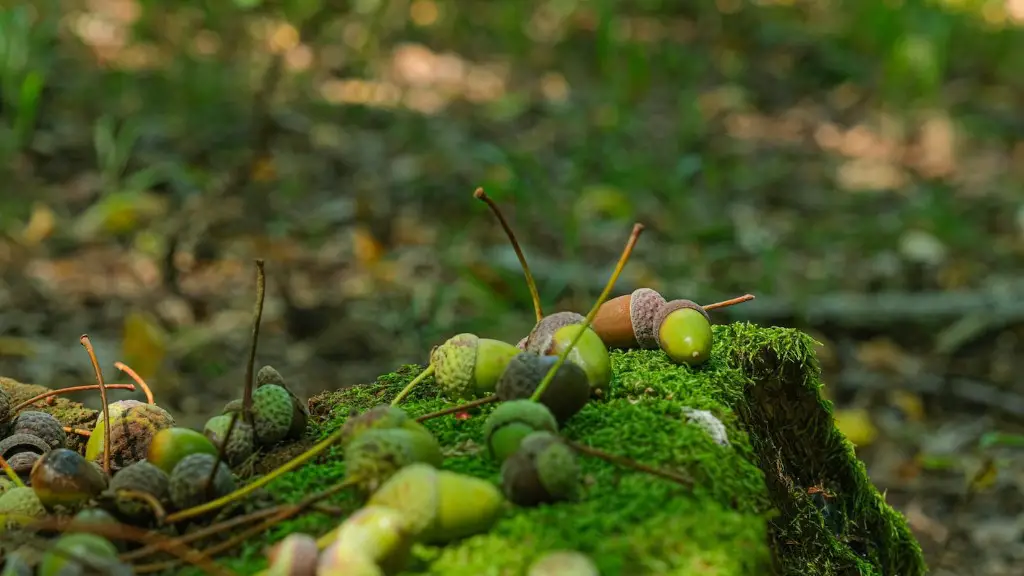Queen palms (Syagrus romanzoffiana) are becoming increasingly popular in the landscaping industry, though they usually don’t live longer than 10-15 years due to a variety of factors. Many of these factors are simply out of a homeowner’s control, but there are few steps you can take to make sure your queen palm tree lives a long and healthy life.
Water and Soil
Queen palms grow best in soil that is moist, but not soggy. It’s important to check the soil frequently, as the roots of a queen palm tree can be easily damaged by overly wet soil. If the soil becomes too dry, the palm tree can become dehydrated, leading to leaf yellowing and branch dieback. Make sure to water your queen palm on a regular basis to ensure that the roots stay healthy. It’s also recommended to give your queen palm tree a deep soaking every now and then to ensure that the water reaches the roots.
If the soil in your yard is too dry, consider adding a layer of mulch around the base of the queen palm. Not only will this create more moisture for the tree, it will also help protect the roots from extreme temperatures. A few inches of mulch will not only help the queen palm retain moisture, it will also provide essential nutrients like nitrogen that the tree needs to grow healthy and strong.
Fertilization
Fertilizing your queen palm is essential in helping the tree grow and remain healthy. You should fertilize twice a year, during the spring and fall months. Queen palms tend to need more nitrogen, potassium and magnesium than other types of trees, so make sure to use a fertilizer specifically formulated for palms. If you don’t want to use a commercial fertilizer, you can also use compost, which is a natural and organic way to provide essential nutrients to your palm tree.
Pruning
Pruning is important for all trees, but especially for queen palms. Pruning helps keep the branches in check and prevents the tree from becoming overgrown. Trimming the fronds and dead branches of a queen palm will also help the tree absorb more sunlight and maintain a healthy appearance. It’s best to prune your queen palm in the late winter or early spring, when the tree is still dormant. Pruning in the summer months can put stress on the tree, making it more susceptible to disease.
You should also pay attention to the trunk of your queen palm. If you notice any rot or decay, it’s important to remove it right away. Rot can spread quickly, and if it’s not taken care of in a timely manner it can cause serious damage to your tree. Remove any dead and decaying branches and cover the area with a sealant to help protect the tree from further damage.
Pests and Diseases
Queen palms are susceptible to a variety of pests and diseases. It’s important to keep an eye out for any signs of infection or infestation. Some of the most common pests that can affect a queen palm tree are scale insects, mealybugs, and mites. These pests can damage the leaves and branches of the tree, making it weaker and more prone to disease. If you notice any of these pests on your tree, it’s important to take steps to address the issue right away.
Fungal and bacterial diseases are also common in queen palms, and they can also cause significant damage to the tree. If you notice any yellow or brown spots on the leaves, it’s important to contact a professional arborist to get a diagnosis and receive proper treatment. An arborist will be able to determine the best course of treatment for your tree, whether it be pruning, fertilizing, or applying a pesticide.
Location
The location of your queen palm is also important to its health and longevity. Queen palms prefer climates that are relatively mild, with warm winters and hot summers. They thrive in full sun, which means they should be planted in an area that will receive 6 to 8 hours of direct sunlight a day. Avoid planting your queen palm in a spot that is too shady, as this can cause the tree to become weak and vulnerable to disease.
It’s also important to make sure the area around your queen palm is free of moisture. Standing water can cause fungus and other diseases to develop in the tree, making it more prone to damage. Be sure to clear away any excess leaves, twigs or debris that can hold moisture, and also keep an eye out for water pooling around the base of the tree.
Maintenance
Queen palms require regular maintenance and care to stay healthy. Keeping an eye for signs of trouble and addressing the problems quickly is key in ensuring the long-term health of your tree. It’s also important to regularly check the soil to make sure it doesn’t become too wet or too dry. Trim away any dead or dying branches, and make sure to fertilize the palm tree twice a year. With the proper care, your queen palm can live for many years to come.
Lighting
When it comes to lighting, queen palms require a good amount of direct sunlight. Queen palms do best when they get 6 to 8 hours of direct sunlight a day. When deciding where to place a queen palm, it’s important to choose a spot that won’t be shaded by buildings or trees. If the area is too shady, the tree will be weak and more susceptible to pests and diseases.
Queen palms are sun-loving plants, so they do best when exposed to full sun most of the day. When planting a queen palm, make sure to position it in a spot that will get lots of direct sunlight. If the tree doesn’t get enough sunlight during the day, it will be weak and more prone to disease.
Temperature
Queen palms prefer climates that are relatively mild, with warm winters and hot summers. They do best in areas with temperatures that do not dip below 50 degrees Fahrenheit (10 degrees Celsius). Make sure to cover the tree whenever temperatures dip below freezing, as this could cause serious damage.
When planting a queen palm, it’s important to choose an area that has an appropriate temperature range. Avoid planting the tree in an area that is too hot or too cold, as this can put unnecessary stress on the tree and cause it to become weak and vulnerable to pests and diseases.
Support and Staking
Queen palms may require staking when they are young, to help support and develop the root system. This is especially important if the tree is planted in an area with high winds, as this can cause the tree to become top-heavy and develop an uneven canopy. Staking the tree will help keep it upright and give it the support it needs to develop a strong root system.
When it comes to staking, it’s important to be sure to not overdo it. Too many stakes can put excess pressure on the tree and can even cause girdling, which can impact the tree’s growth and health. Make sure the stakes are loosened periodically, as the tree grows and develops.
Queen palms require proper care and maintenance to stay healthy, but with the right care it can live a long and healthy life. Following these tips, you can ensure that your queen palm tree will be strong and beautiful for many years




